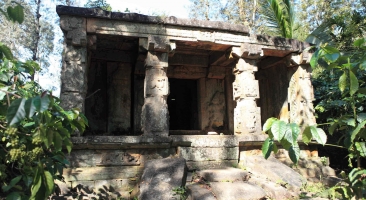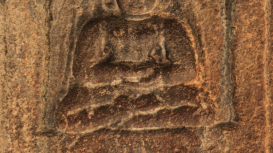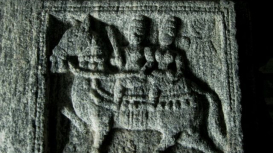Jainism, one of the oldest existing religions, must have evolved gradually, taking an organised form around the end of ninth century BCE, through the preaching of Parsvanatha, the 23rd tirthankara and Mahavira, the 24th thirthankara. It is believed that Jainism spread to South India when King Chandragupta of Maurya Dynasty (c. 324 BC to c. 188 BC) adopted this religion and migrated to Karnataka along with the Jain saint Bhadrabhahu. This incident is described in an inscription at Sravanabelgola, dated to CE 600. In Kerala, structural evidence for Jain culture dates back to eight or ninth century CE. However, this tradition is not well understood at a popular level. The overview article describes the spread of Jainism to Kerala region and the relics of Jainism in Kerala. The allied article focuses on two Jain temples located respectively at Janardhnagudi and Vishnugudi in Wayanad district of Kerala. These are stone structures which are rich in relief sculptures. While other Jain temples in Kerala also have sculptures associated with them, these temples are especially rich in terms of the motifs represented. The image gallery has a set of rare images from these age-old Jain temples of Wayanad, vividly capturing the architectural, structural as well as historical peculiarities of these temples. It also has an interview with the caretaker of one of the Jain temples in Palakkad, Kerala.
Jainism in Kerala: A study of Vishnugudi and Janardhanagudi temples of Wayanad
in Module
Published on:

Jaseera CM
Jaseera CM is a research scholar at the Department of Epigraphy and Archaeology, Tamil University, Thanjavur. Her academic training is in Archaeology, with a Master’s Degree in Archaeology from the University of Kerala. She has published research papers in several journals, including 'Man and Environment', 'Puratattva' and 'Heritage'. Her research interests include ceramic studies, Kerala archaeology, Indian Ocean cultural interactions and maritime history.


